The Tennessee Coal, Iron, and Railroad Company (TCI) was founded in Tennessee in 1852. After moving to Birmingham through an 1886 merger, TCI President Enoch Ensley envisioned building a steel empire. TCI was on the verge of becoming one of the most significant iron and steel companies in the United States.
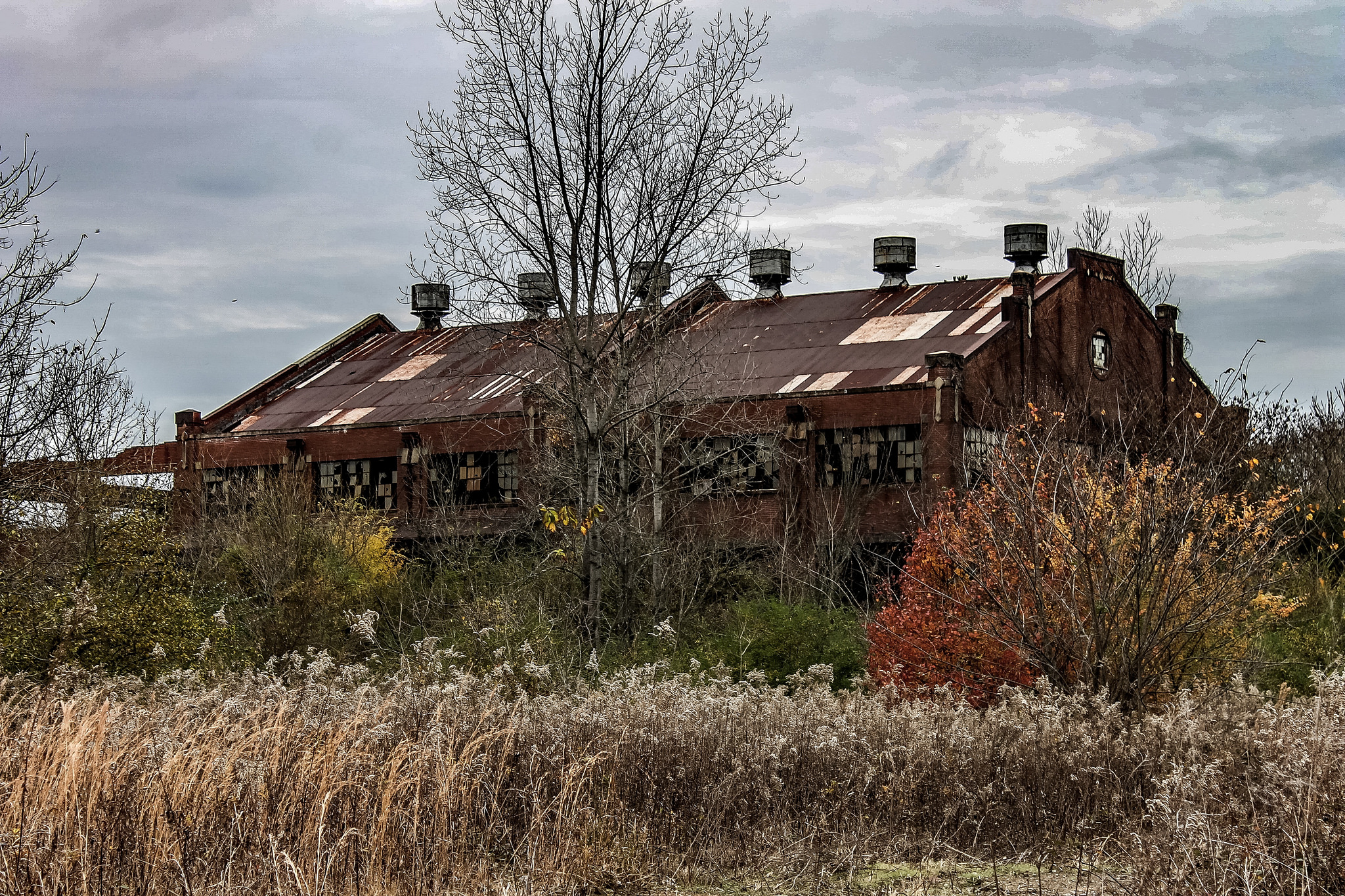
The Central Alabama area is one of the few places in the world where large deposits of the three raw materials – coal, iron ore, and limestone – exist nearby. TCI purchased six hundred acres of land from the Ensley Land Company, then built four 200-ton blast furnaces and the adjoining steel mill. Construction of the Ensley Steel Works began in 1888. At that time, building four blast furnaces at once had never been done. Sadly, Enoch Ensley passed away in 1891 and would never see his plans come to fruition. In 1895, TCI moved its headquarters to Birmingham, Alabama with new management in place. The move allowed TCI to keep transportation costs low and compete with the North’s largest steel producer, Carnegie Steel.
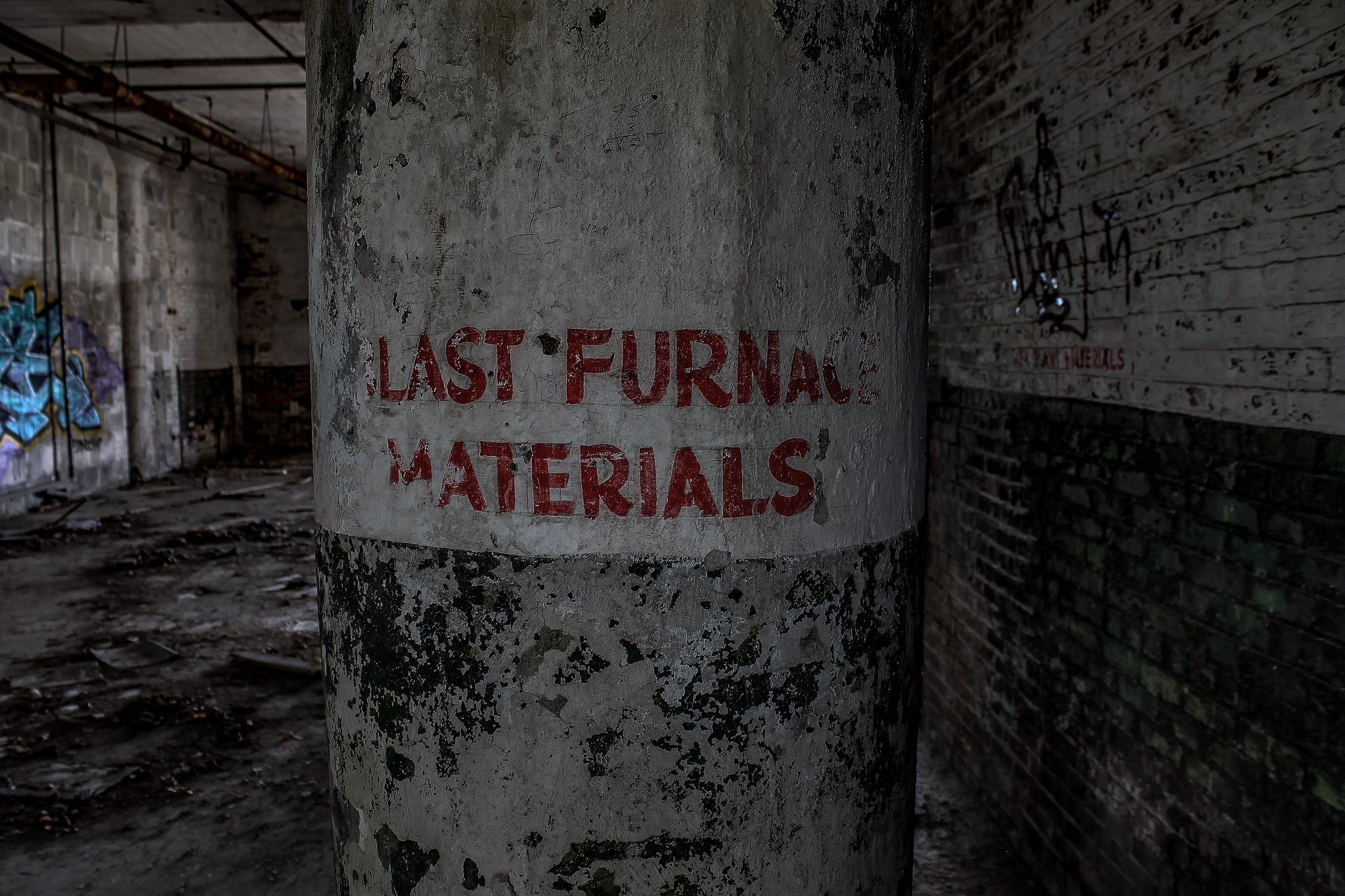

In the late 1800s, a majority of TCI workers were prison laborers. Most of the men were African-Americans convicted of petty crimes. The hard labor was a method used to pay off fines. The practice was common for obtaining coal mining labor and increased after U.S. Steel purchased TCI. During the first full year of ownership by U.S. Steel, 60 prisoners died from workplace-related incidents. The convict lease program ended in 1911. The blast furnaces began operating on Thanksgiving Day 1899. The first load of steel was shipped to a buyer in Connecticut on January 1, 1900. Although the steelworks were successful, TCI had fallen into massive debt due to declining pig iron prices and constant changes in upper management.
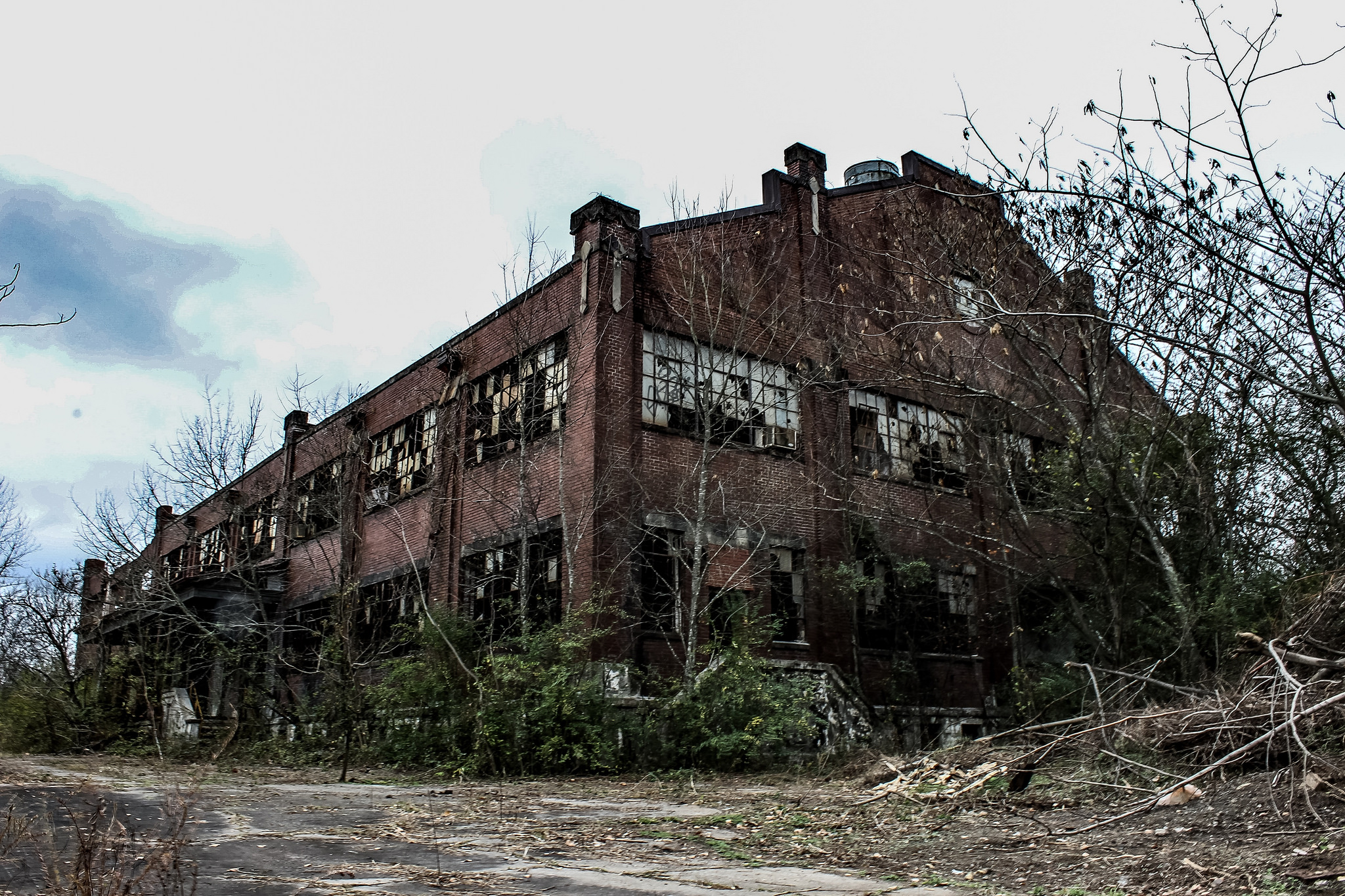
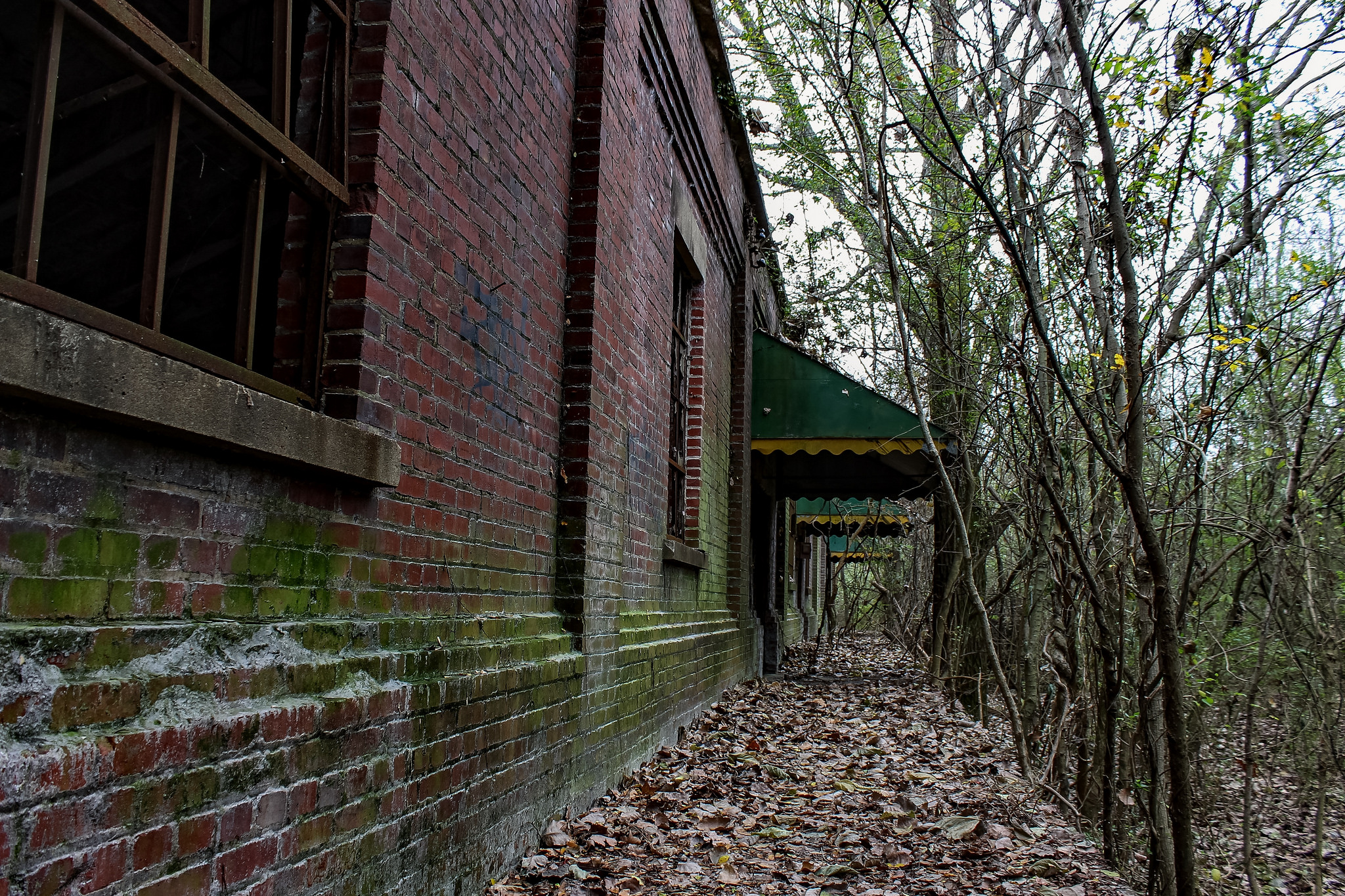

U.S. Steel purchased the Tennessee Coal, Iron, & Railroad Company for over $35 million in 1907. The next six years brought about an essential change to the Ensley steelworks. U.S. Steel invested $30 million in upgrading its equipment. Then, in 1912, U.S. Steel opened the Fairfield steel plant just a short distance away. The new refinery mainly produced the steel ingots and rail made in Ensley.

In 1926, production peaked with 1.4 million tons of steel ingots, a million tons of pig iron, 500,000 tons of rail, and 1.9 million tons of coke. The Ensley steelworks was expanded during World War II.
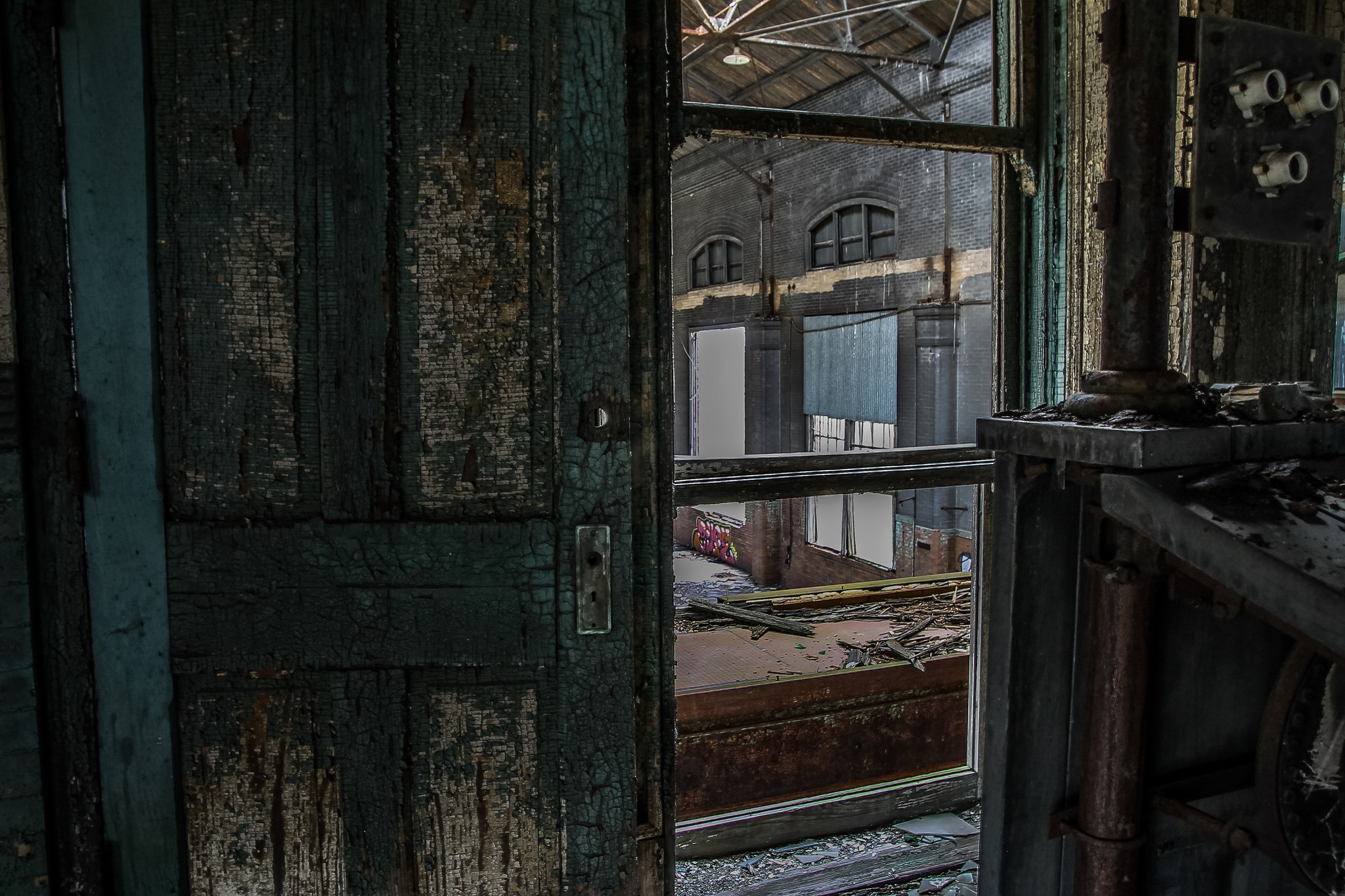
In the early 1950s, two more open-hearth furnaces were added. This increased the daily capacity to over 200 tons each. However, the nearby Fairfield plant was closing the gap on production.
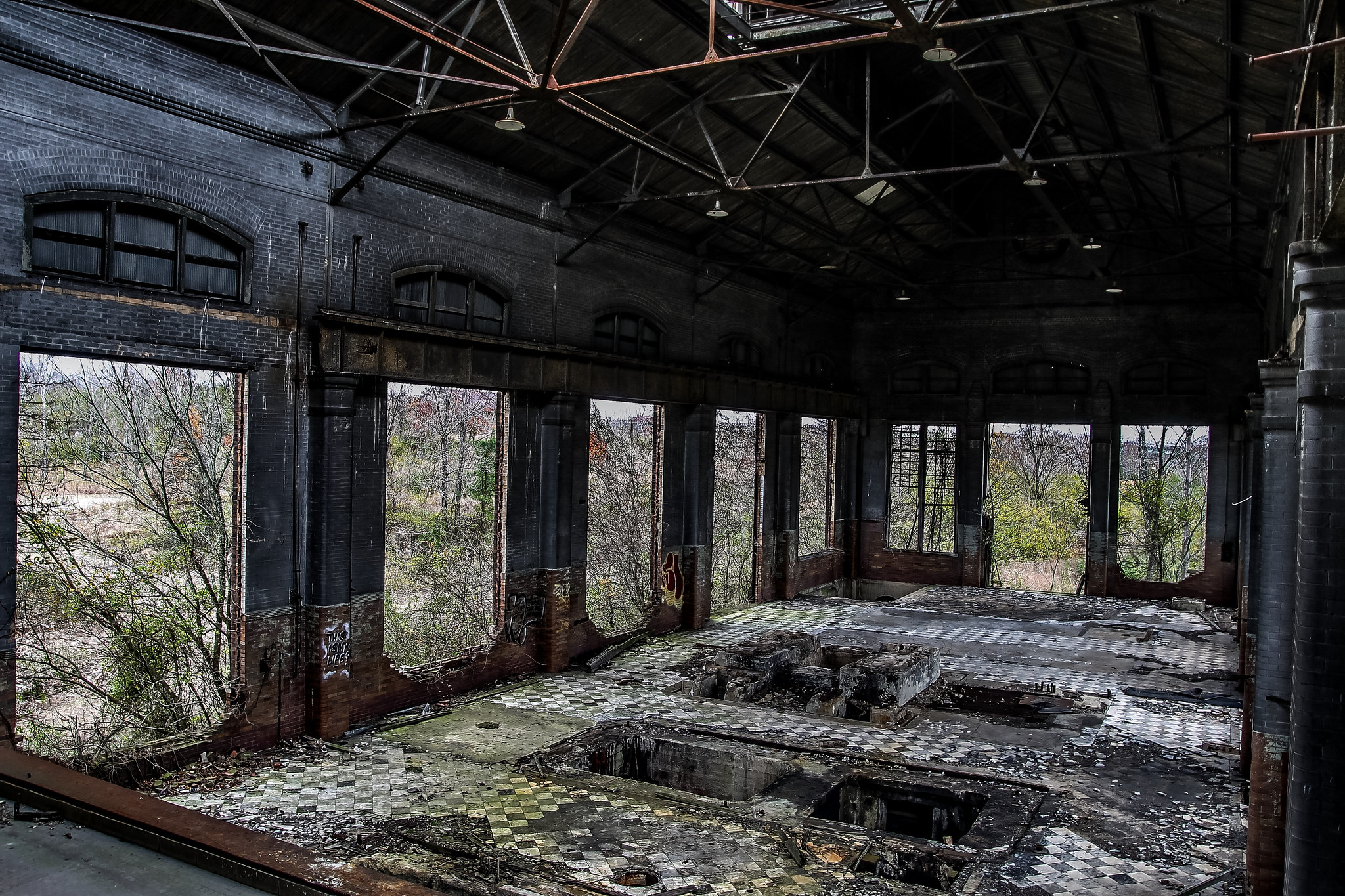
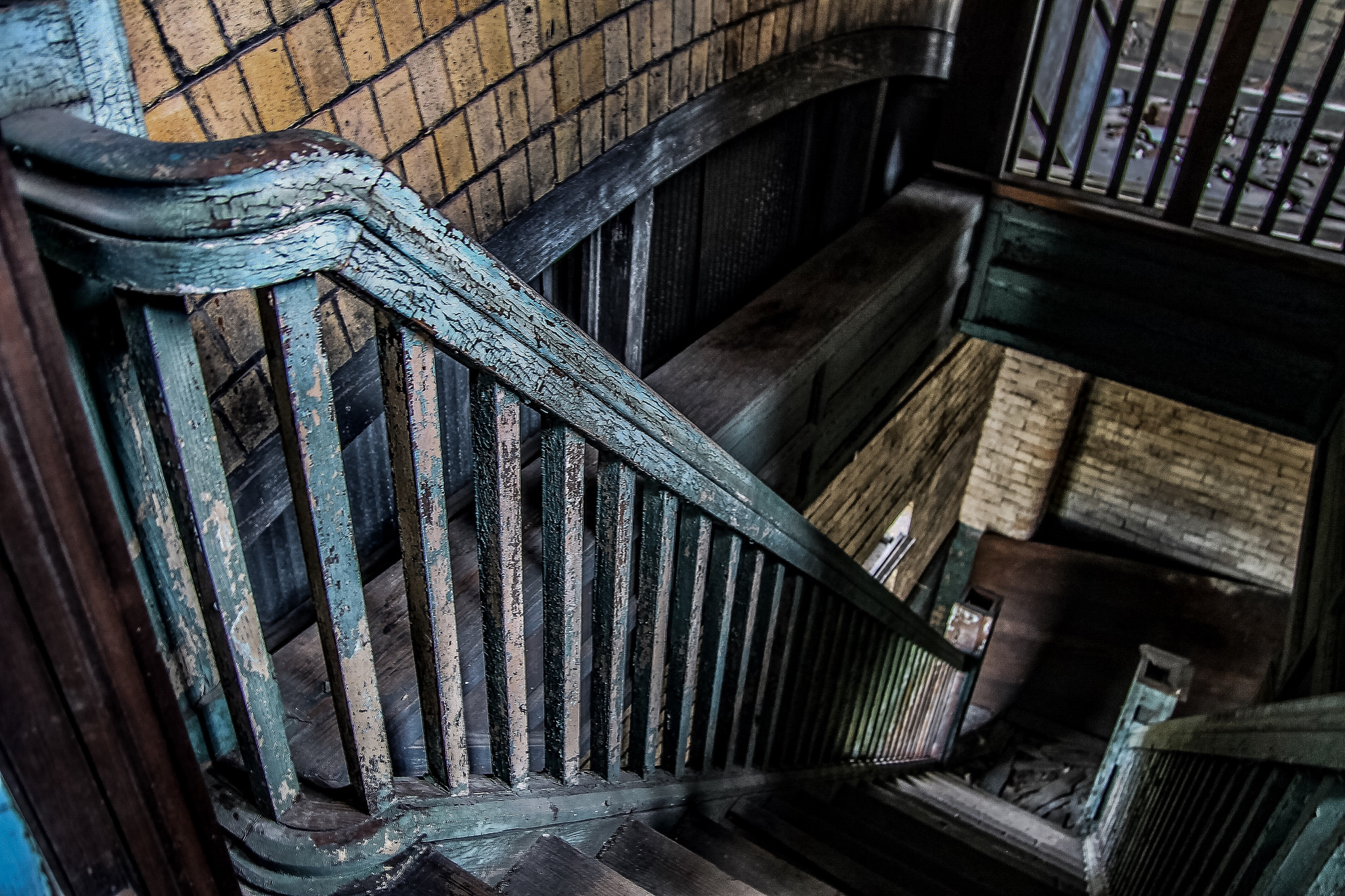
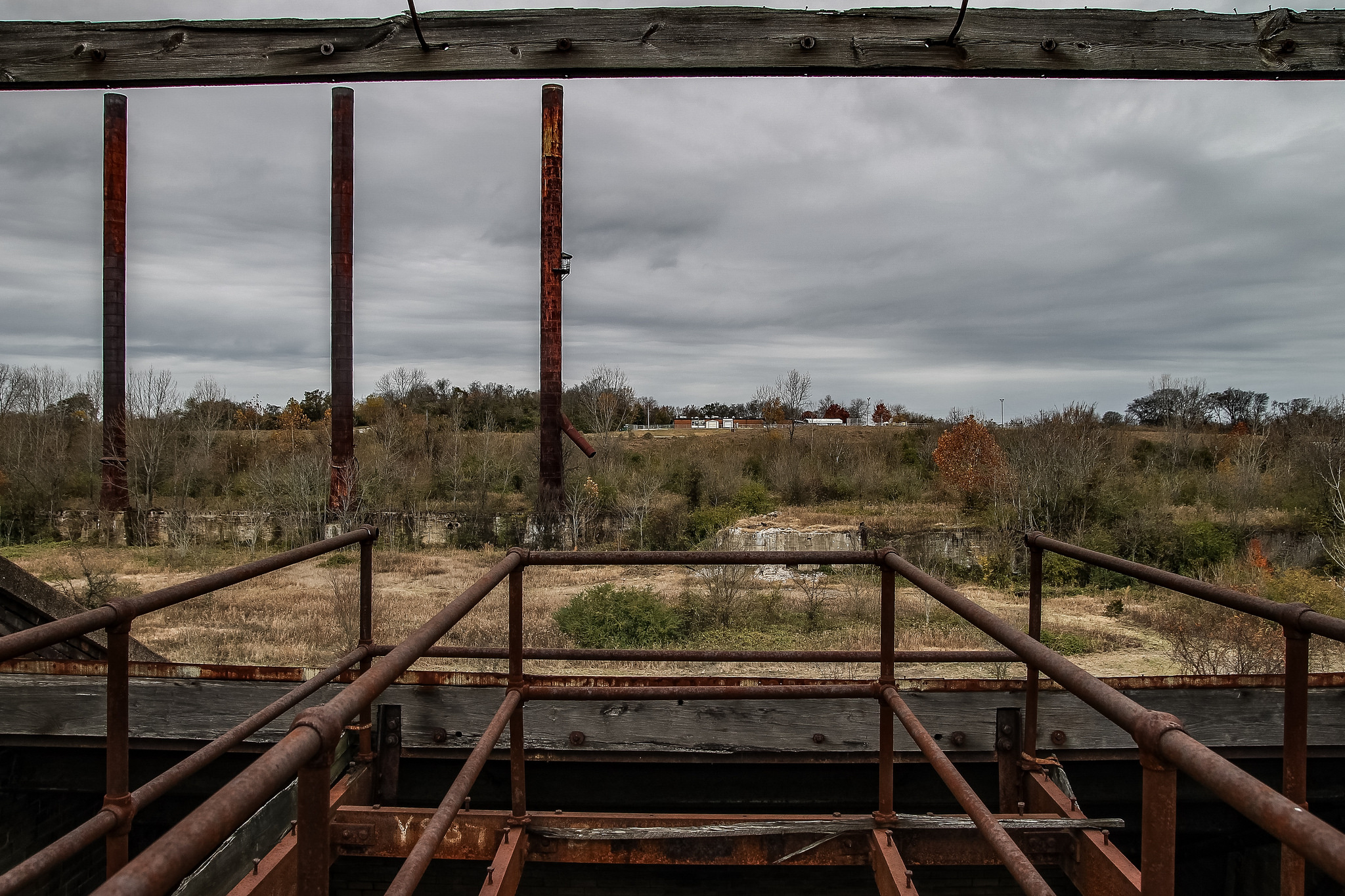
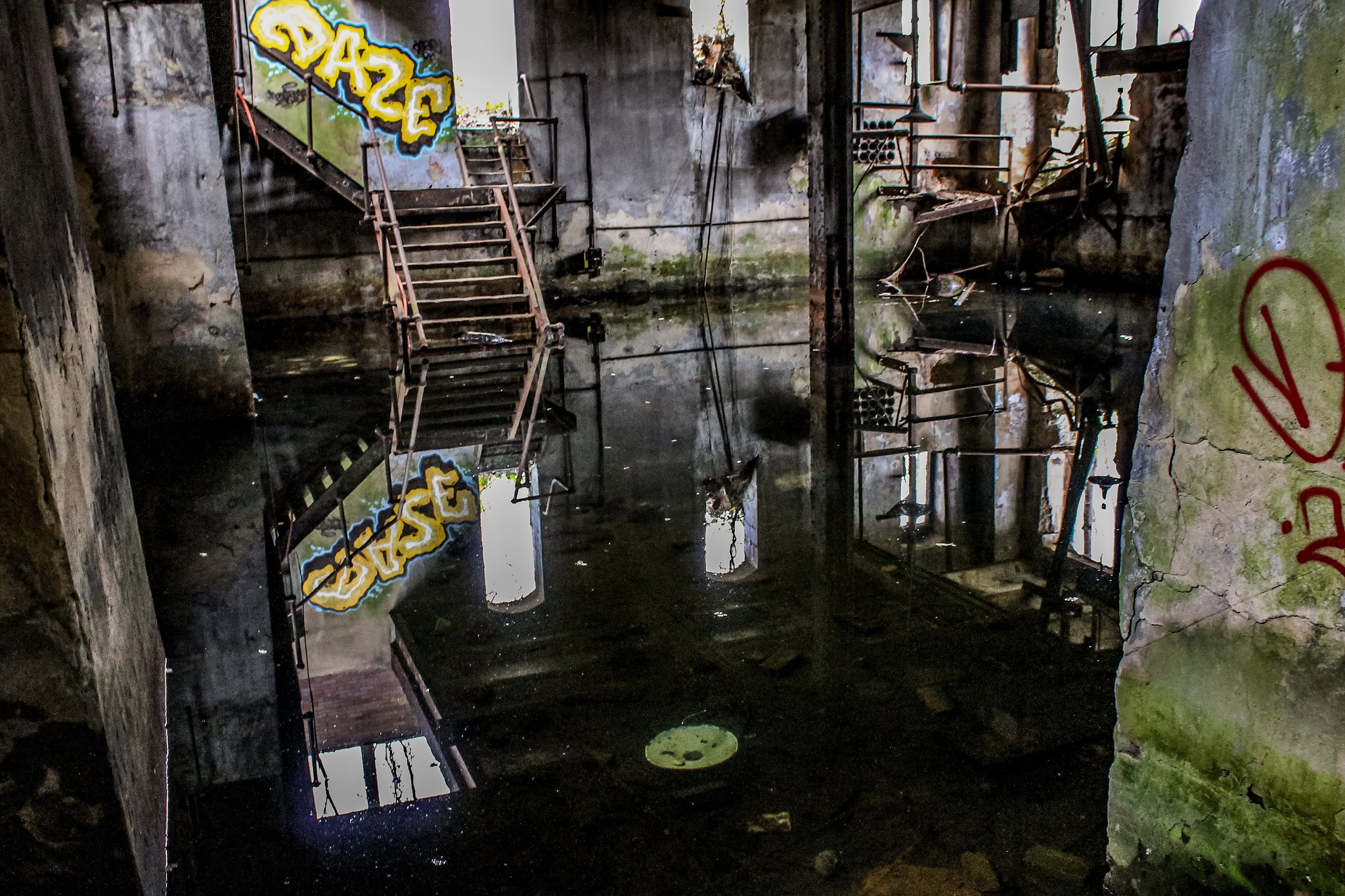

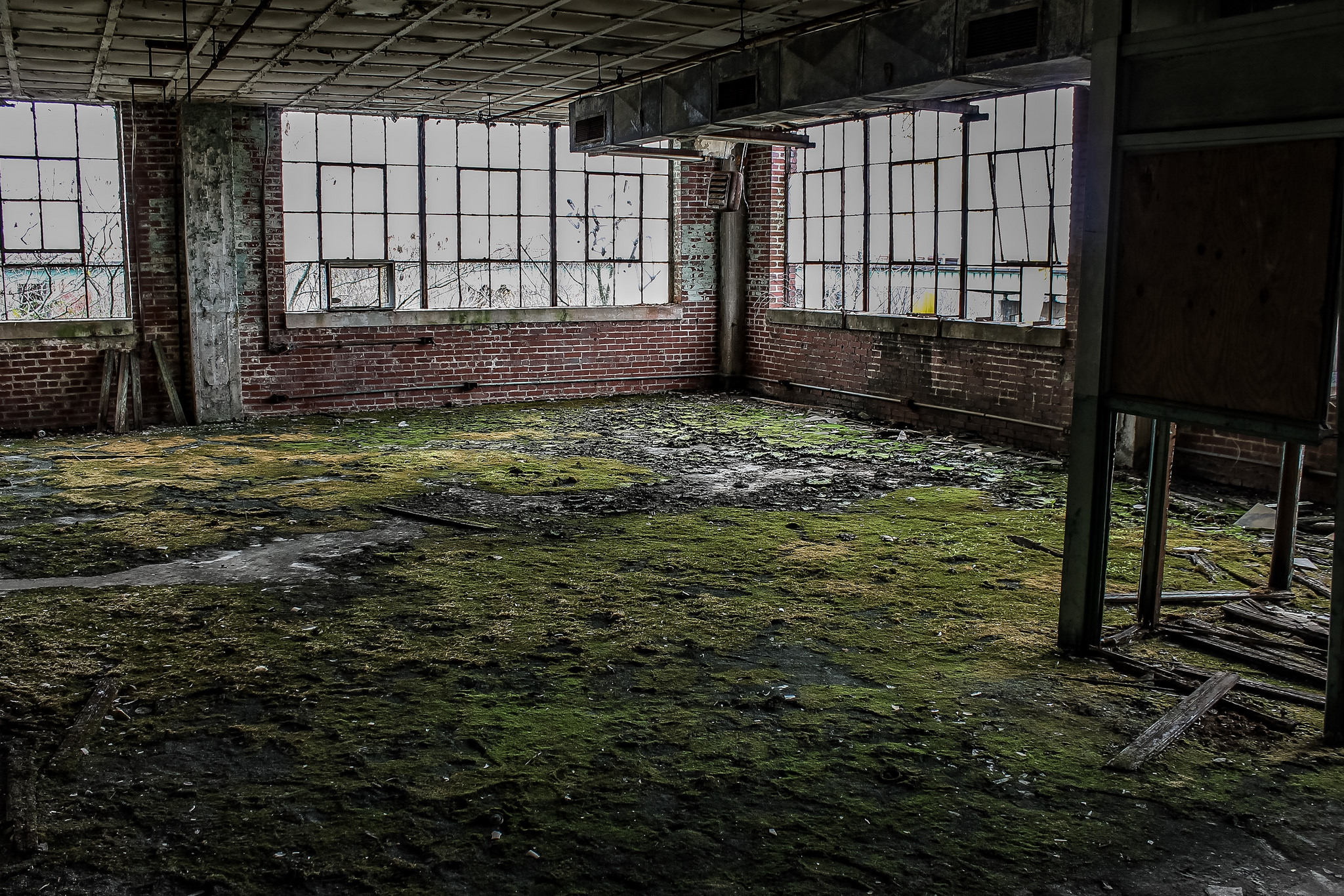

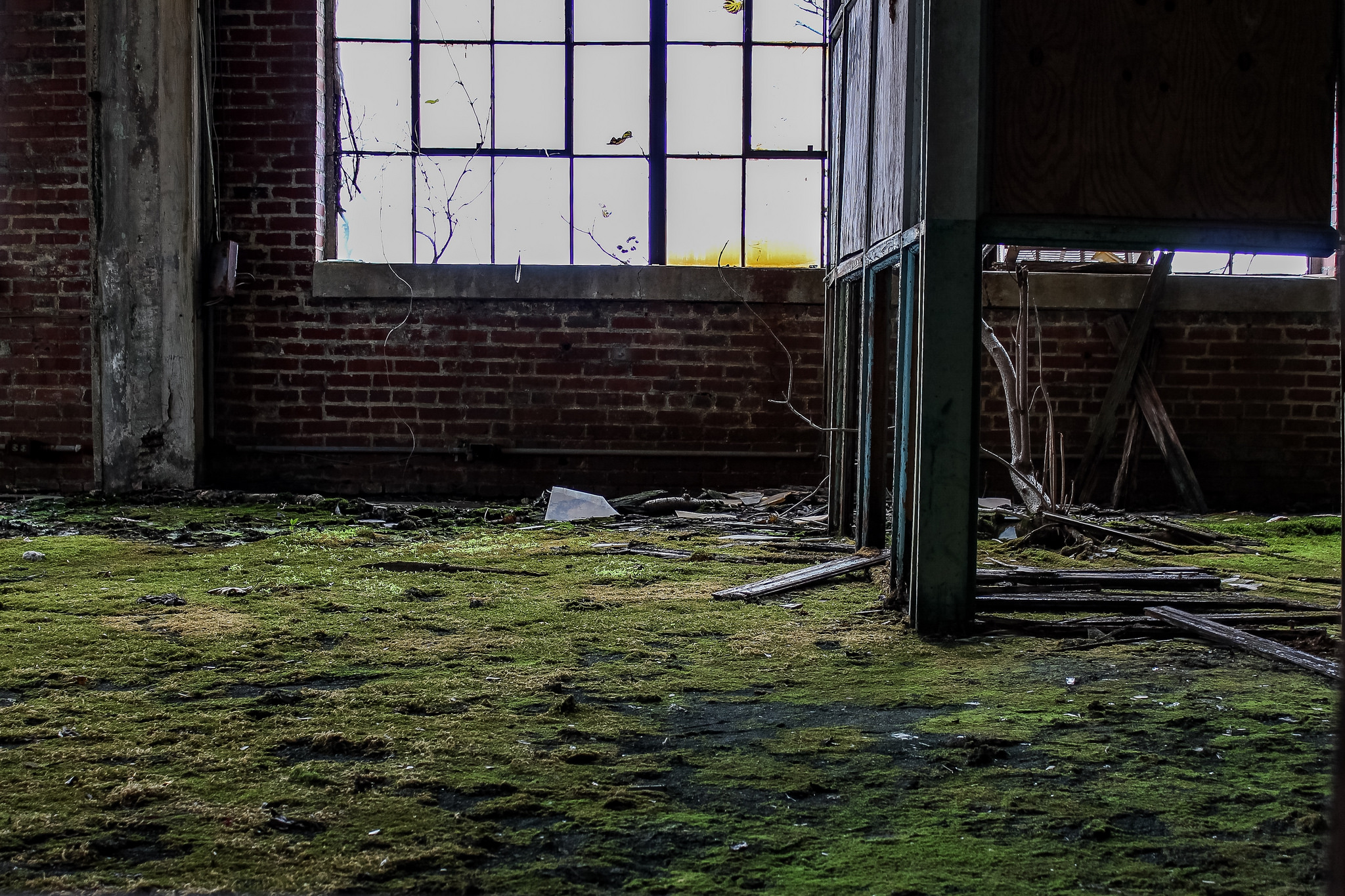 U.S. Steel closed the open hearths in 1975. The melt shop closed a year later. In 1980, the remaining workers at Ensley were moved to the Fairfield plant. All activity ceased on the property by 1984. The modern integrated steelmaking process in Fairfield made it more efficient than the open hearth method used at the Ensley works.
U.S. Steel closed the open hearths in 1975. The melt shop closed a year later. In 1980, the remaining workers at Ensley were moved to the Fairfield plant. All activity ceased on the property by 1984. The modern integrated steelmaking process in Fairfield made it more efficient than the open hearth method used at the Ensley works.

 Over the span of almost 100 years, the Ensley steelworks mined coal, manufactured coke, steel, iron ore, pig iron and even grew cotton. Thousands of employees kept the furnaces burning for decades as steel ingots and molten metal moved by railroad. In 1993, the site was considered as an automotive park after Mercedes-Benz built a plant near Tuscaloosa.
Over the span of almost 100 years, the Ensley steelworks mined coal, manufactured coke, steel, iron ore, pig iron and even grew cotton. Thousands of employees kept the furnaces burning for decades as steel ingots and molten metal moved by railroad. In 1993, the site was considered as an automotive park after Mercedes-Benz built a plant near Tuscaloosa.
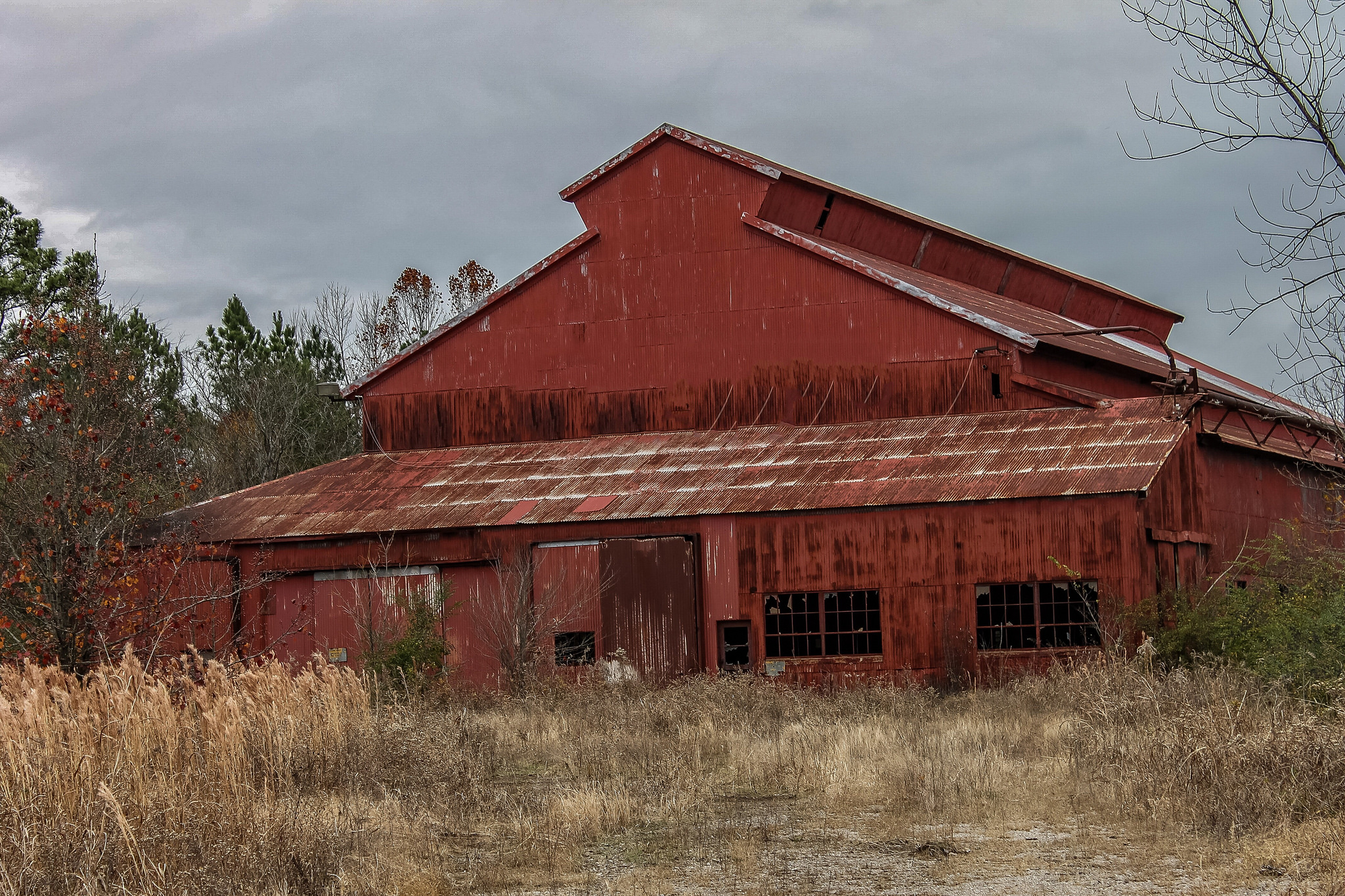

Jefferson County considered it a site for a county jail in 1998. Larry Langford, while Mayor of Fairfield in 2000, envisioned a harbor and waterway linking Birmingham to the Gulf of Mexico through a series of channels and locks in the Black Warrior River.

The Ensley steelworks was eligible for a $200,000 clean up grant from the EPA in 2000 but then-Mayor Bernard Kincaid’s office failed to apply for the grant in time. In 2010, Birmingham Mayor William Bell proposed to clean up the site and make it a green space or industrial park. With a short distance to interstates and access to rail yards, the plan seemed feasible if the Mayor could get funding from the federal government to assist in cleanup. Unfortunately, no further plans for the industrial park ever materialized. In May 2019, the Ensley TCI steel works site was mostly demolished.
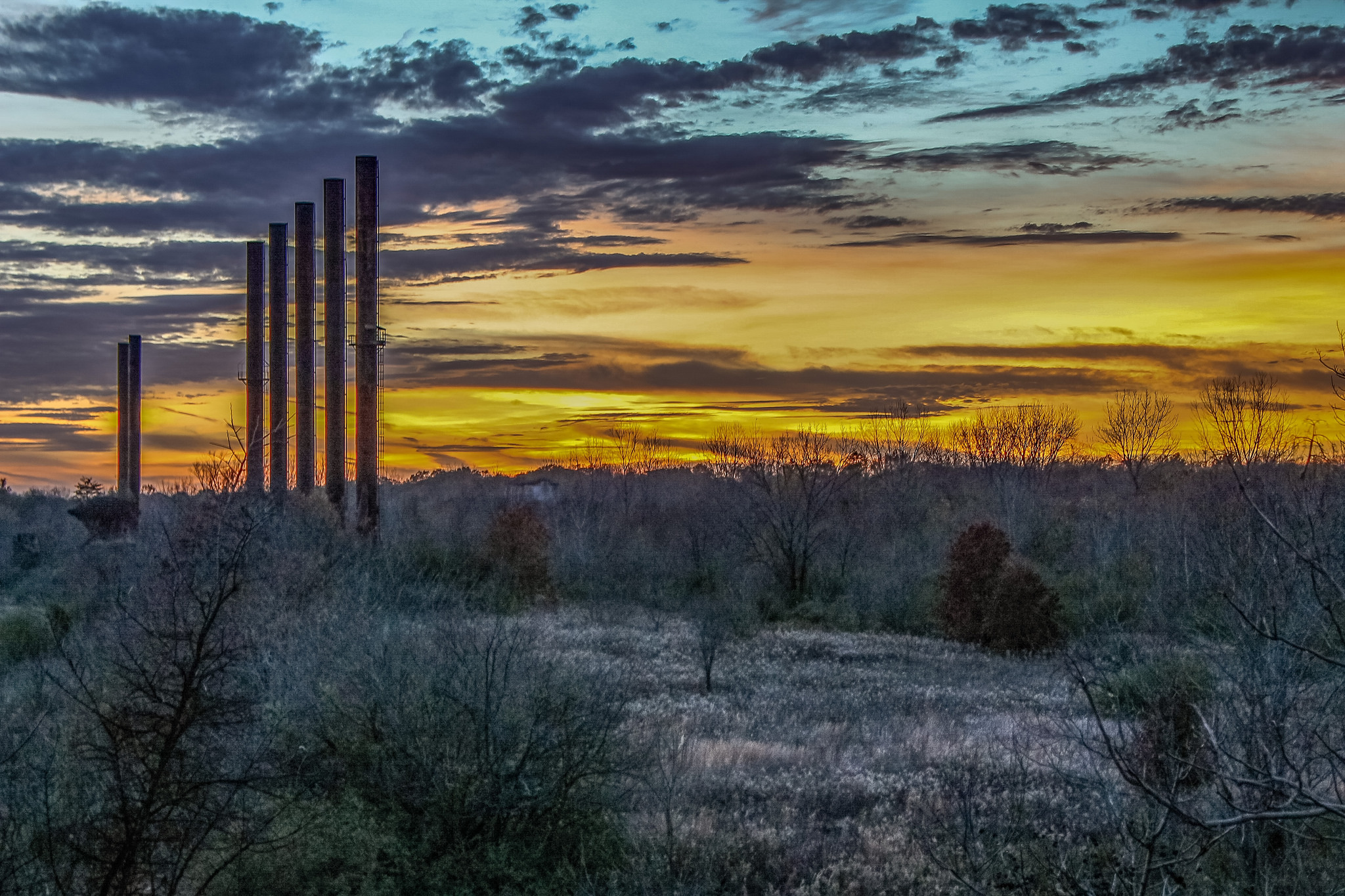
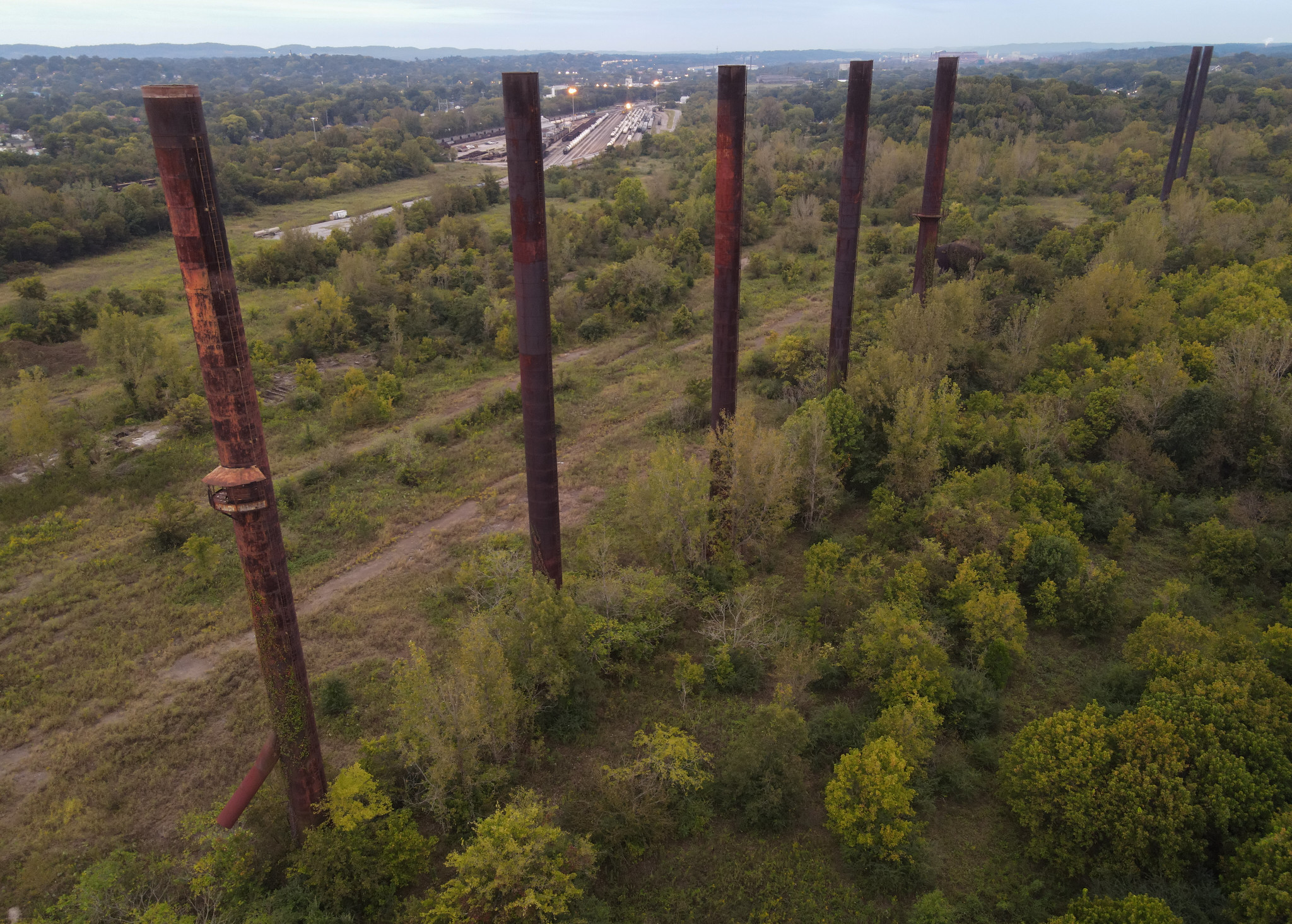
Thanks for reading. You can find me on Facebook, Instagram, and Twitter. For more amazing abandoned places from Birmingham, check out my book Abandoned Birmingham.


These are incredible photos. Thanks for the bits of history as well. When you look at it now, it’s hard to believe how many lives were connected to this site for nearly a century. Fascinating stuff!
LikeLiked by 1 person
I agree. Thank you for reading
LikeLiked by 1 person
My daddy worked at the Ensley plant from the 1950’s until the company closed I believe in the early to mid 1980’s. Lot of memories.
LikeLike
Great location…I give you credit for climbing the wooden stairs…most of the places I visit have steel reinforced concrete stairs. Interesting story as well.
LikeLiked by 1 person
Thank you! I thought maybe there was concrete under them but, no. Those stairs were surprisingly solid. LOL
LikeLiked by 1 person
Lucky you!
LikeLike
Must have been an amazing explore! Great photos of a most atmospheric site.
LikeLiked by 1 person
I enjoyed this entry. I love exploring abandoned places. Do you get permission to access these sites or does that detract from the mystique of exploring them? In Birmingham, there is a neighborhood off of Norwood Avenue that has lots of old abandoned houses falling to ruin. It might be worth a look for a future trip!
LikeLiked by 1 person
I’ve photographed some of those old homes in Norwood. They are beautiful.
LikeLike
Good Leland, a lot of info i didn’t know! Good show.
LikeLike
Thank you!
LikeLike
One of the lucky few to get to the second floor and roof of the powerhouse!
LikeLiked by 1 person
We, at Open Door Church on Hwy 269 have vision for this area. We believe there will be a resurgence of finances, families, businesses, commerce, and under the viaduct on one side a clean bio fuel clean source of energy. On the other side small walkways, refreshments, safe places for families to shop, beauty restored in a way that this western section will rise again to a glory we have never seen before. God will receive the glory, however we the people who live here are to be about our Father’s business and active to improve every area we encounter! Thank you for this informative article and the awesome pictures.
LikeLike
The 11 stacks down by the power plant came down in 2010. I and my crew took them down under contract for USS, they were old, unstable and too close to the live RR tracks. The remains of the power plant showed the pride people had in workmanship back in the day. The marble floor, I could envision standing in the “great hall” the huge Edison dynamo s humming , polished brass and not a drip of oil on that white and grey marble floor
LikeLiked by 1 person
I grew up on Avenue F. in the 50’s. These photos break my heart, so remember all the jobs that were lost when the mills closed. But, I’d look up there when the blast furnaces lit up the night sky and think: “I’ve got to find something better that that!” So, education was my ticket out of Ensley, and now I have the last laugh.
LikeLike
I remember being in the car in downtown Birmingham at night and seeing the glow of the furnaces with my parents telling me they hoped I never had to work there. I can say now the 25 years I worked at USS were great. I worked at all mills and plants except Ensley . I worked with others who did tell me of working at Ensley . One tale was of ” throwing butts” . These were the ends cut off from a hot rail from the mill . These guys had arms as big as my legs so I understood.
Great and Sad to remember .
LikeLike
I am dying to find where this dope spot is located! I’m sure it’s not on GPS, but if could you reveal where it is located or what it’s near, I would greatly appreciate it:) Dope pics and story bro
LikeLiked by 1 person
After doing more research, I found the coordinates! They’re: 33.516053, -86.904513
LikeLiked by 1 person
Posting the coordinates invites vandalism and destruction to many of these sites. Please do not post locations.
LikeLiked by 1 person
Admiring the time and energy you put into your website and detailed information you provide. It’s nice to come across a blog every once in a while that isn’t the same outdated rehashed material. Excellent read! I’ve bookmarked your site and I’m adding your RSS feeds to my Google account.
LikeLike
I grew up in a village near Ensley and well remember what life was like when coal was king. TCI provided everything for the workers and their families at each mine; medical and dental care, housing, a well-stocked commissary and excellent schools. Ensley was a huge town to my eyes at the time and so many stories I could relate. On a recent visit to Birmingham, I took some time to drive through the area and there are really no words to describe how sad I felt.
LikeLike